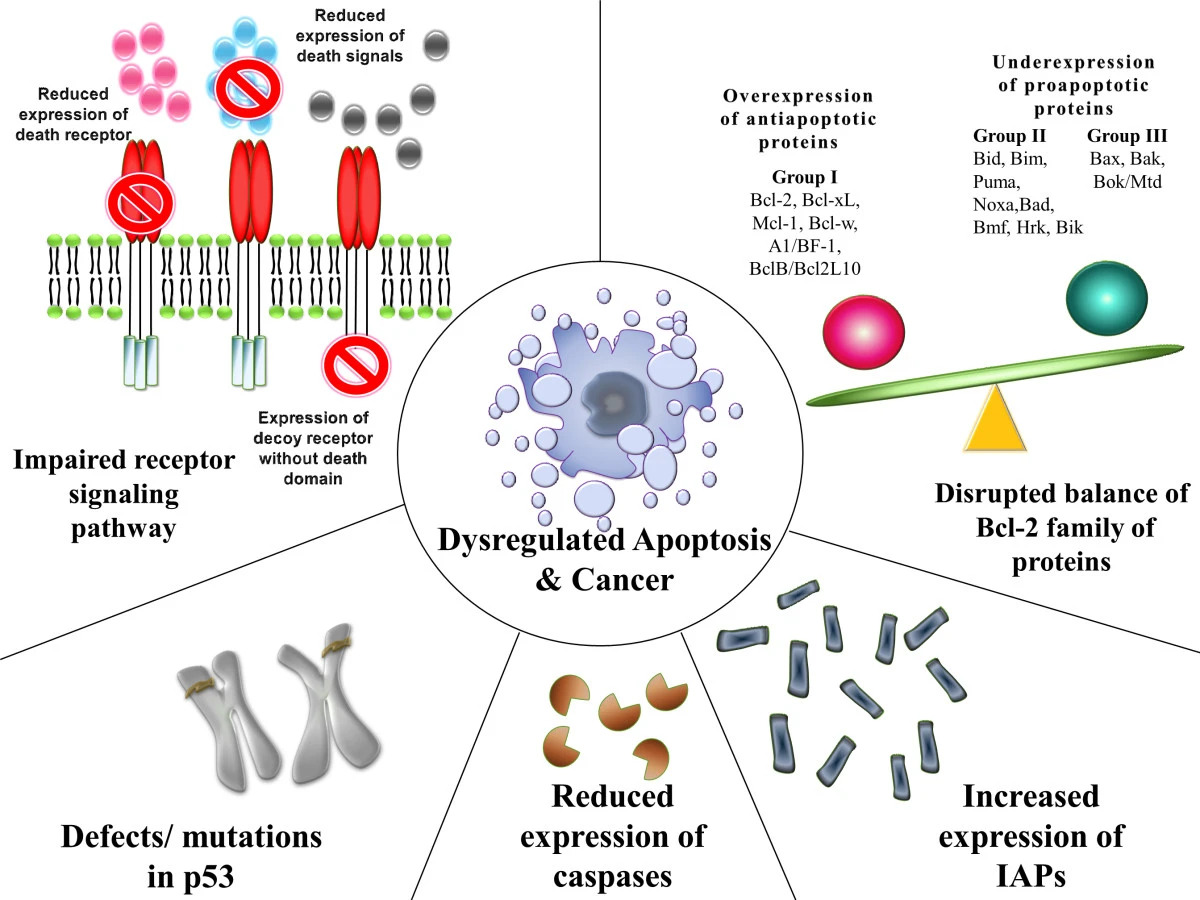Playlist
Show Playlist
Hide Playlist
Cancer Stem Cells
-
Slides CP Neoplasia Heterogeneity and cancer stem cells.pdf
-
Reference List Pathology.pdf
-
Download Lecture Overview
00:00 Let's talk a bit about cancer stem cells because, I guess, they said this would become a popular topic. So a normal stem cell has the capacity to regenerate itself and a daughter cell with different characteristics. That is the nature of stemness, so you will have self-replication of another stem cell, but then you can have precursor cells or progenitor cells that go on to form the adult tissues. Okay, so that's what we talk about with a normal stem cell. In malignancy, one of the current hypothesis is that it's not the progenitor cells, it's not the cells further down the proliferation pathway that become malignant, but rather it's the stem cell itself that acquires malignant potential that has all mutations. And then the tumor cells, its progeny, its daughter cells are also going to be carcinogenic because they've had the mutations in proto-oncogenes or tumor suppressor genes and we get a bulk tumor that is mostly of the progenitor cells with a few of the stem cells kind of lurking there in the shadows. Okay, but the primary malignancy, the primary mutagenic change, the primary thing that cause cancer happen in the stem cell population not in the daughter cells. So, fundamentally what this is saying is that, and again keep in mind this is a heterogenous tumor, with any given tumor there are cells within it, a very small population that have the capacity to initiate and sustain the tumor. Those are the tumor stem cells. 01:40 Importantly, stem cells in general have a very low rate of replication. They don't do that cell cycle thing very often so as a consequence they're going to be resistant to cell cycle drugs. It kind of makes sense. If a cell is rapidly turning over almost any agent that we throw into the works that can inhibit that cell cycle replication is going to be very effective. 02:04 But if I dump a bunch of chemotherapy on top of a cancer stem cell that's only periodically burping out a daughter cell, most of the time when the chemo is there it's not going to be having any effect because its cell is not turning over. So this hypothesis about cancer stem cells being a small population that's residual within the bulk tumor can explain resistance to chemotherapy. And it maybe a way to explain how some tumors can have a late recurrence even after the bulk of the malignancy is gone. It's because we haven't treated the stem cells. So, other ways to think about this or additional kind of concepts that come out of this primary hypothesis. So you have normal stem cells. There are mutations, you have a new cancer stem cell, and then as we saw on the previous slide that will have progeny, there will be a bulk tumor, that's the primary tumor, with few stem cells kind of lurking in the shadows. If we have then chemotherapy of that, we may either have refractory cancer or cancer that comes back. That's because the stem cells are relatively resistant to the chemotherapy because they're not turning over avidly. And, you can also have tumor cell escape from the primary tumor so if metastasis may not be the daughter cells that are causing kind of tumor at a distance but rather that stem cell becomes able to circulate and can set up new tumors everywhere else. So this is where we need to step back and think for a little bit though, about this hypothesis regarding stem cells. So at the top you see the stem cell, it's self-renewing and then it has an asymmetric division after it makes one of itself again that asymmetric division leads to the daughter cells. And the daughter cells will proliferate those of the progenitor cells and eventually will get our final population. That's the way it's supposed to work and there's no cancer here yet. Over here we have cancer cells. Did they come from that self-renewing stem cell at the top or does the stemness or apparent stemness of a tumor population come from acquired features that make tumor cells, the progenitor cells, look like their stem cells. And we actually don't really know which of the 2 cases is happening. Needless to say though, if you acquire stem cell features, you will be a slowly turning over cell that is not prone to chemotherapy effects. So kind of important thing to keep in mind.
About the Lecture
The lecture Cancer Stem Cells by Richard Mitchell, MD, PhD is from the course Neoplasia.
Included Quiz Questions
Cancer stem cells are resistant to which type of chemotherapy?
- Cell-cycle drugs
- Foreign drugs
- Hypoxic drugs
- Radiosensitizing drugs
- Immunotherapy
Which type of cells are self-renewing?
- Stem cells
- Progenitor cells
- Postmitotic differentiated cells
- All cancer cells
Customer reviews
5,0 of 5 stars
| 5 Stars |
|
5 |
| 4 Stars |
|
0 |
| 3 Stars |
|
0 |
| 2 Stars |
|
0 |
| 1 Star |
|
0 |




